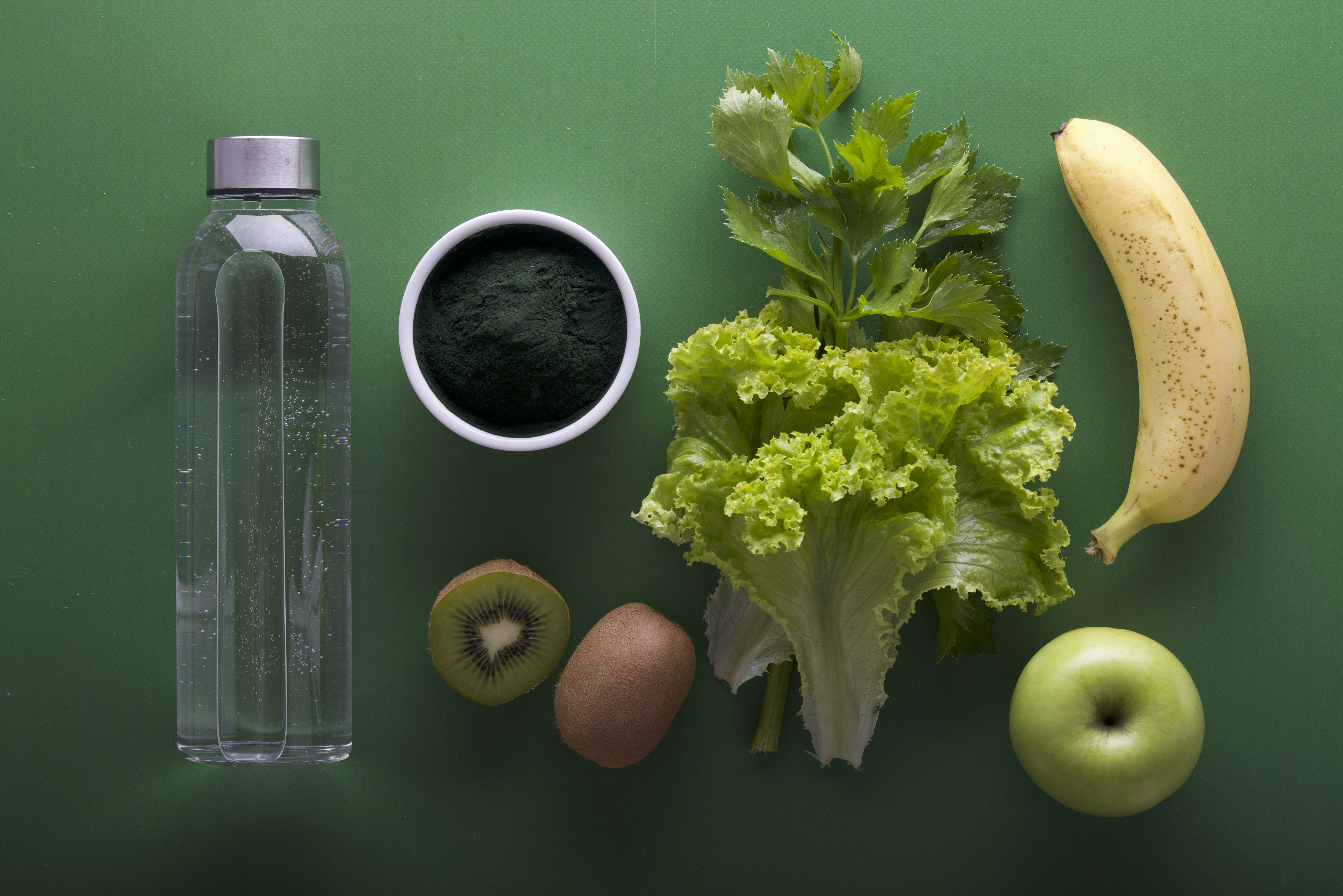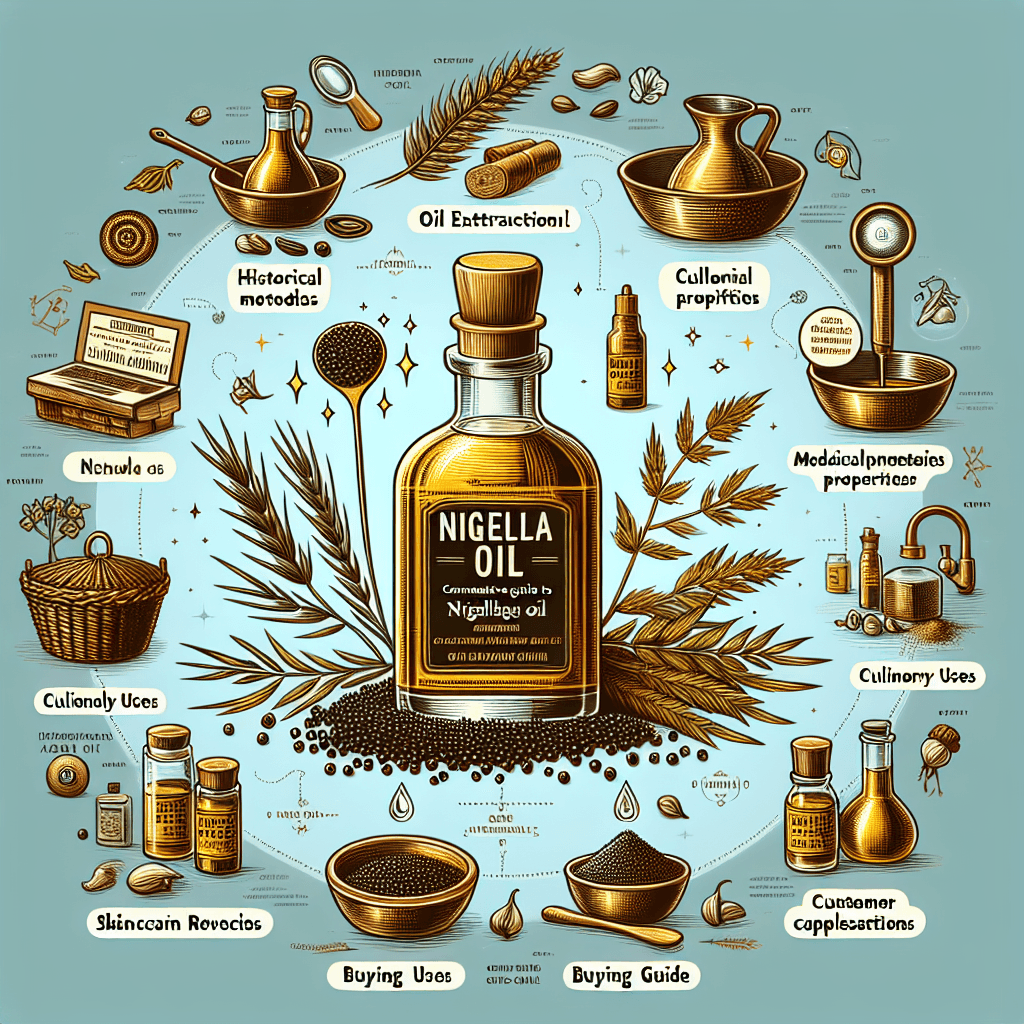
The Complete Guide to Nigella Sativa Planting
Introduction
Are you ready to unlock the incredible potential of nigella sativa planting? This little powerhouse herb, often called black seed or black cumin, has been cherished for centuries not just for its unique flavor but also for its profound health benefits. Understanding how to plant, cultivate, and harvest nigella sativa can transform your garden and your health. In this comprehensive guide, we’ll delve into every aspect of nigella sativa planting, from choosing the right seeds to harvesting and beyond. Whether you’re a seasoned gardener or a curious newbie, you’ll find invaluable insights here to help you on your journey.
What is Nigella Sativa?
Nigella sativa, a flowering plant native to Southwest Asia, has a rich historical narrative that dates back to ancient civilizations. Revered in various cultures, its seeds have been utilized not only for culinary purposes but also for their therapeutic properties. Known for their distinctive peppery taste, nigella sativa seeds are a staple in many traditional recipes and remedies across the globe.
Benefits of Planting Nigella Sativa
Health Benefits of Nigella Sativa
The health benefits of nigella sativa are nothing short of extraordinary. These tiny seeds are packed with antioxidant properties that combat oxidative stress in the body. They have potential anti-inflammatory effects, making them a favorite among natural health enthusiasts. Moreover, incorporating nigella sativa into your diet can provide robust immune support, paving the way for overall wellness.
Culinary Uses of Nigella Sativa Seeds
When it comes to culinary applications, nigella sativa seeds have won the hearts of chefs and home cooks alike. Traditionally, these seeds are sprinkled on naan and various dishes to enhance flavor. Today, their versatility shines through in modern cuisine—from salads to soups and even baked goods, the unique flavor of nigella sativa can elevate any dish.
Preparing for Planting Nigella Sativa
Choosing the Right Location
Choosing the right location for your nigella sativa planting is crucial. These plants thrive under full sunlight, so finding a spot that receives at least six hours of sun daily is essential. Furthermore, the soil type is equally important; well-drained, sandy or loamy soil promotes healthy growth.
When to Plant Nigella Sativa
Timing is everything in gardening. For nigella sativa, the best plant season typically falls between late spring to early summer when the soil has warmed adequately. Climate conditions, especially frost, should also be considered as they can hinder growth and germination.
Planting Nigella Sativa
Seed Selection and Quality
Quality is key when it comes to nigella sativa planting. Look for reliable suppliers who provide organic seeds known for their germination rates. Choosing the right type can also affect your plant’s flavor profile and health benefits.
Soil Preparation for Nigella Sativa Planting
Before planting, you'll need to prepare your soil meticulously. Enriching the soil with organic matter like compost will provide the necessary nutrients. Opt for soil with a pH level of around 6.0 to 7.0 for optimal growth; this pH range supports nutrient absorption.
Step-by-Step Planting Process
When it's time to plant, sow the nigella sativa seeds about 1/4 inch deep and spaced about 10 to 12 inches apart. This allows room for the plants to grow and promote airflow, reducing the risks of disease.

Care and Maintenance
Watering Guidelines for Nigella Sativa
Proper watering is essential after planting your nigella sativa seeds. It's crucial to water them regularly but avoid overwatering, which can lead to root rot. Typically, soil should be kept moist but not soggy.
Fertilization Techniques
Using organic fertilizers can help nourish your plants as they grow. Apply compost or a balanced, slow-release fertilizer every few weeks to keep your plants healthy and productive.
Pest and Disease Management
Keeping an eye out for common pests is part of the game. Aphids and spider mites may target your nigella sativa. Employ organic control methods, like introducing beneficial insects or using neem oil, to keep these pests at bay.
Weed Control Strategies
Weeds can compete with your plants for nutrients, so developing a weed management strategy is beneficial. Using mulch can suppress weed growth while retaining soil moisture.
Harvesting Nigella Sativa
When to Harvest Nigella Sativa
Knowing when to harvest your nigella sativa is vital for quality. Generally, the seeds are ready when the flower heads turn brown and begin to dry out. A little patience here goes a long way towards achieving maximum potency.
Harvesting Techniques
To harvest, simply cut the seed heads and use scissors or a sharp knife. Ensure you have a clean area to gather the seeds and allow them to dry completely before storage.
Post-Harvest Processing
Once harvested, it’s important to clean the seeds thoroughly and dry them in a shaded area to prevent sunlight degradation. Store them in an airtight container in a cool, dark place to maintain their freshness.
Advanced Planting Techniques
Companion Planting with Nigella Sativa
Companion planting can benefit your nigella sativa garden significantly. Pairing it with plants like coriander can enhance growth and deter pests, creating a healthier garden ecosystem.
Propagation Techniques
In addition to seeds, consider propagation through cuttings. This method can be beneficial if you want to expand your garden without sowing more seeds every season.
Troubleshooting Common Issues
Common Growing Problems
One of the most common issues is poor germination rates, often stemming from soil that's too cold or seedlings that are overcrowded. Watch for these early signs to intervene sooner.
Solutions to Common Issues
If you notice stunted growth or wilting, check for signs of underwatering or nutrient deficiencies. Adjust your watering schedule and consult a professional if problems persist.
Conclusion
In summary, nigella sativa planting is an enriching endeavor that combines health benefits, culinary versatility, and gardening enjoyment. With the right knowledge and care, you can cultivate this remarkable plant and reap its rewards. So why wait? Start your nigella sativa planting journey today and watch your garden thrive!
Frequently Asked Questions (FAQs)
What are the ideal growing conditions for Nigella Sativa?
Optimal conditions include full sunlight, well-drained soil, and moderate watering.How long does it take for Nigella Sativa to grow?
Nigella sativa typically takes about 70 to 90 days from planting to harvest.Can I grow Nigella Sativa indoors?
Yes, it can be grown indoors under grow lights, provided it gets ample sunlight.
Is Nigella Sativa safe for children and pets?
Generally, it is safe, but always consult a healthcare provider for specific health conditions.What are some creative ways to use Nigella Sativa seeds?
Try using them in baking, as salad toppings, or in spice blends for added flavor.
This article complies with Facebook and Google AdSense Terms of Service. For more in-depth guidance, visit Nigella Farm for tailored advice and expert insights!
RELATED POSTS
View all



